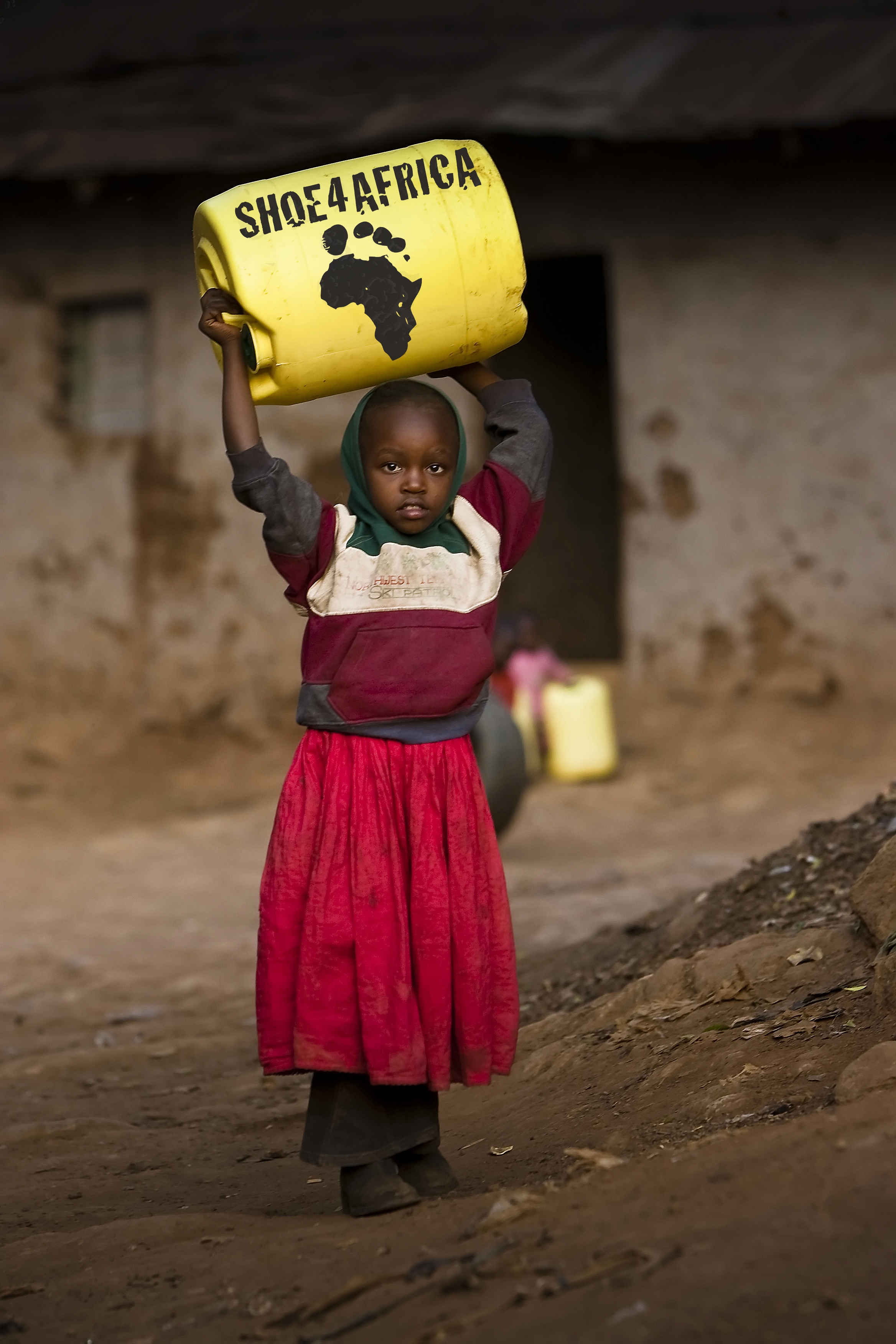Healthcare Systems in Developed Countries:
In developed countries, healthcare systems are often supported by a government that allocates a portion of the country’s taxes to fund and provide welfare, including healthcare services. These systems can be classified into different models:
- Single-Payer Healthcare: This model is characterized by government-funded healthcare that is available to all citizens, regardless of income or employment status. Examples include the National Health Service (NHS) in the UK1.
- Public Insurance: In some countries, workers have social insurance where the government withholds part of their wages, shared between the employee and employer1.
- Private Insurance: Citizens may also opt for private insurance to cover additional healthcare services not provided by the government. 92.1% of Americans have health insurance, but many people have medical debt. More people had health insurance in 2022 (92.1%) than in 2021 (91.7%), according to the U.S. Census Bureau.
- Out-of-Pocket: While less common in developed countries, some services may require direct payment from individuals.
Healthcare Funding in Sub-Saharan Africa:
In sub-Saharan Africa, the situation is markedly different. The number of people paying taxes is drastically lower, and the percentage of GDP allocated to public healthcare is often minute compared to developed countries. In Nigeria, where 72% live below the poverty line, how can citizens afford health insurance?
This raises the question of where the funds to support public health will come from? In many cases, healthcare financing relies heavily on:
- Direct Out-of-Pocket Payments: A large portion of healthcare revenue comes from individuals paying directly for services2.
- Donor Funding: Many countries in sub-Saharan Africa rely on international aid and donor funding to support their healthcare systems3.
Healthcare in Kenya:
Facts: Kenya ranks 143rd out of 169 countries in the 2011 Human Development Index. (UNDP (2011) Human Development Report 2011.)
‘With 94 percent of the population living below the poverty line, Turkana is one of Kenya’s poorest counties.’
In Kenya, the government subsidizes healthcare bills by up to 80% in public facilities, but it lacks the funding to provide free healthcare like in some developed countries such as France. Kenyan public hospitals are often over-populated, and with bed occupancy rates well exceeding 150%, it is not feasible to keep patients who cannot pay their bills indefinitely, therefore social workers address who can, and who can’t pay for services and a large number of individuals will leave without paying fees. 5. However, many people are able to pay at least a percentage of their healthcare costs, which contributes to the funding of these public hospitals 6.
The Kenyan government has secured funding to bolster primary healthcare services and enhance institutional capacity, which is a step towards improving the healthcare system and moving closer to universal health coverage 4.
Additionally, programs like the National Hospital Insurance Fund (NHIF) play a significant role in social health protection through subsidy programs for universal health coverage 5.
In conclusion, while developed countries have more robust healthcare systems funded by taxes, sub-Saharan Africa, and Kenya, in particular, face challenges due to a vastly lower tax bases and GDP percentages allocated to healthcare.
Despite these challenges, efforts are being made to improve healthcare access and affordability for the Kenyan population. The key to sustainable healthcare in such regions lies in innovative financing strategies, international support, and efficient utilization of available resources.
Fallacies – if you don’t pay in Africa, you won’t get treatment. In Kenya, this is simply not true. You are treated first.
After treatment, if you don’t pay in hospitals, you won’t be allowed to leave. Untrue. There is a small number of Kenyan hospitals per capita meaning that hospitals here are usually packed. It is common to see more than one person in a bed.
For our hospital in 2024, we have a typical number of 210 in patients and 220 outpatients per day. Imagine, if we ‘held’ all the patients who were living below the poverty line, and could not pay, we would be housing hundreds of thousands on our wards!
Views
‘Walk into an American hospital, the first thing you are asked for is your ‘insurance card.’ Walk into a Kenyan hospital and you will be treated first.’ Dennis Odele, Kenyan citizen residing in Alabama. ‘I have not found the perfect system for the poor regardless of what country you live in, for example, I read as many as 44,000 working age Americans die each year because they lack healthcare insurance.’ https://pnhp.org/news/lack-of-insurance-to-blame-for-almost-45000-deaths-study/
In Britain, the once brilliant National Health System is faltering, according to J. Oliver, 7.5 million Briton’s are on waiting lists for non-emergency medical treatment. Kenya is not unique in not having a perfect health service.
1en.wikipedia.org2ghrp.biomedcentral.com3dorisduke.org4worldbank.org5nhif.or.ke6guidelines.health.go.ke7


